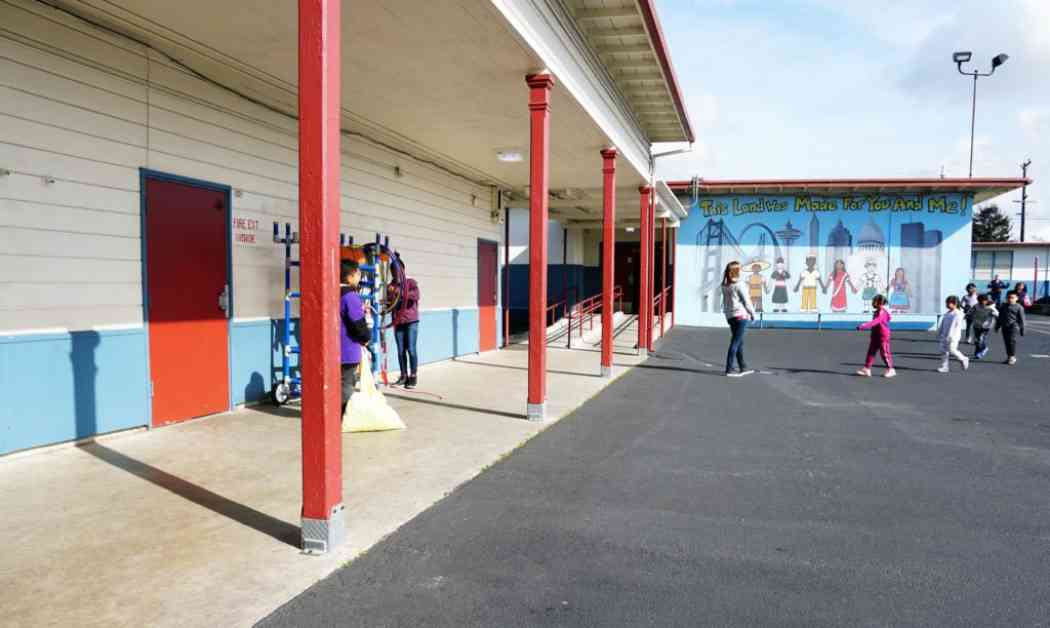West Contra Costa Unified School District Faces Financial Turmoil
West Contra Costa Unified School District is currently at a critical juncture following the retirement of Superintendent Chris Hurst, who stepped down in December after just over three years in the position. The district, with an enrollment of nearly 30,000 students, is grappling with a series of challenges that could potentially lead to a state takeover if not addressed promptly.
Financial Struggles Plague the District
The district is facing a myriad of issues, including declining enrollment, persistent budget deficits, slow post-Covid academic improvements, teacher shortages, and the complex task of meeting the diverse needs of its largely low-income student population. Interim Superintendent Kim Moses, who took over after Hurst’s departure, issued a stark warning at a recent board meeting about the urgent need for further budget cuts to avoid insolvency.
Community Concerns and Potential Solutions
Parents and teachers have expressed worries that cuts in district offerings, such as International Baccalaureate and bilingual programs, may be on the horizon. However, Moses has reassured the community that no programs will be eliminated, with most reductions coming from central office staff reallocations rather than classroom cuts.
Union leader Francisco Ortiz highlights the district’s failure to accurately predict annual teacher needs as a contributing factor to the deficit. Moses has proposed increasing student attendance and enrollment as a viable solution, emphasizing that every 1% increase in attendance could generate $2.35 million in additional state funding.
Expert Insights and Long-Term Strategies
Michael Fine, CEO of California’s Fiscal Crisis and Management Assistance Team, attributes the district’s enrollment decline to lower birth rates, posing a long-term challenge for schools across the state. He emphasizes the importance of purpose-based budgeting but acknowledges that more drastic steps may be necessary to address the deficit effectively.
To address teacher shortages, Fine suggests exploring innovative solutions such as re-credentialing programs for educators. However, Ortiz argues that cutting classroom teachers is not the optimal solution, advocating for a more balanced approach to addressing the district’s financial woes.
In conclusion, the West Contra Costa Unified School District’s financial struggles are multifaceted and require a comprehensive strategy to ensure long-term stability. With community input, expert guidance, and collaborative efforts, the district can navigate its current challenges and strive towards financial sustainability.
**Personal Touch:** As a former student of the West Contra Costa Unified School District, I vividly remember the dedicated teachers and diverse opportunities that shaped my educational experience. Learning about the district’s current financial turmoil evokes a sense of concern and nostalgia, underscoring the urgent need for sustainable solutions to protect future generations of students.
